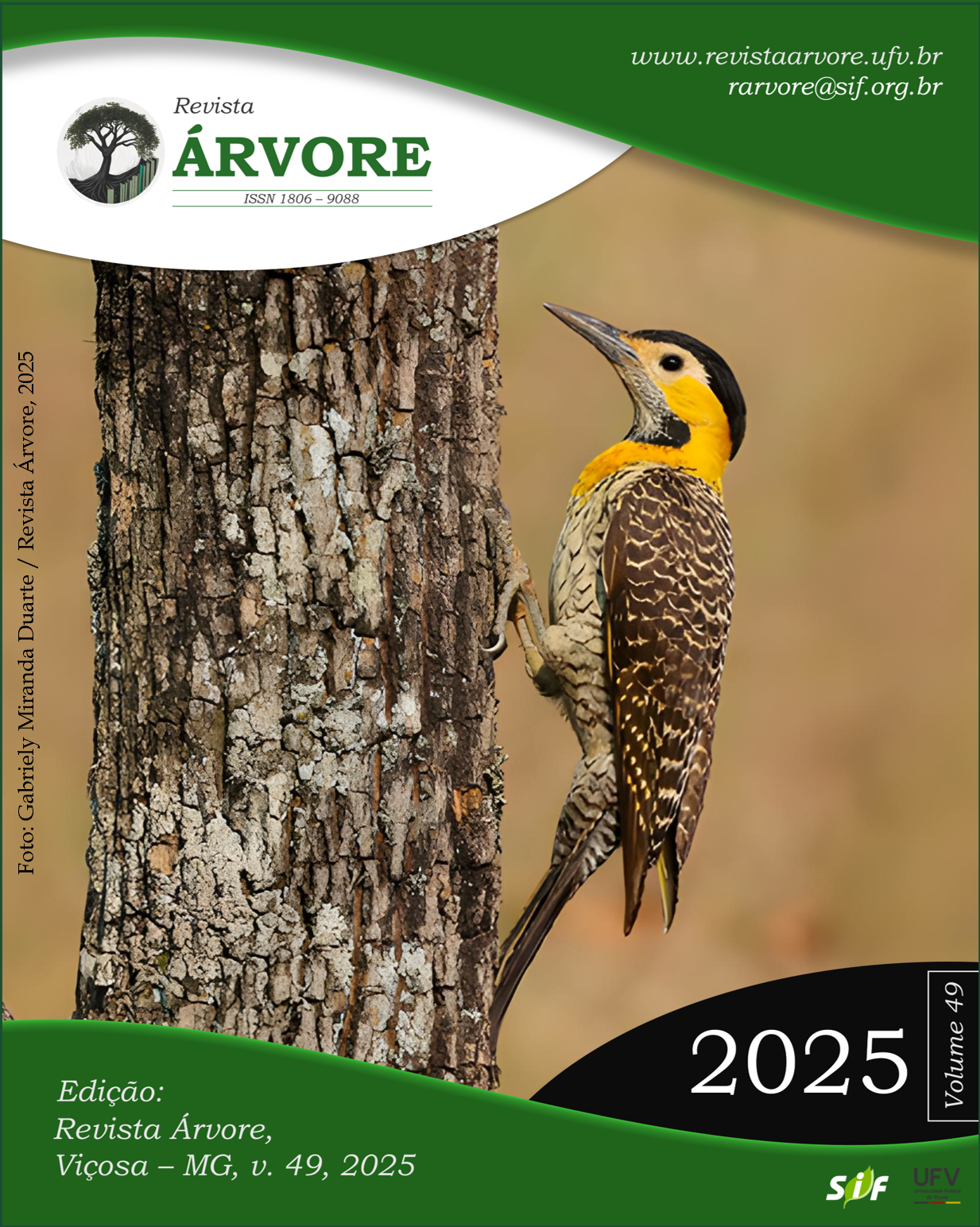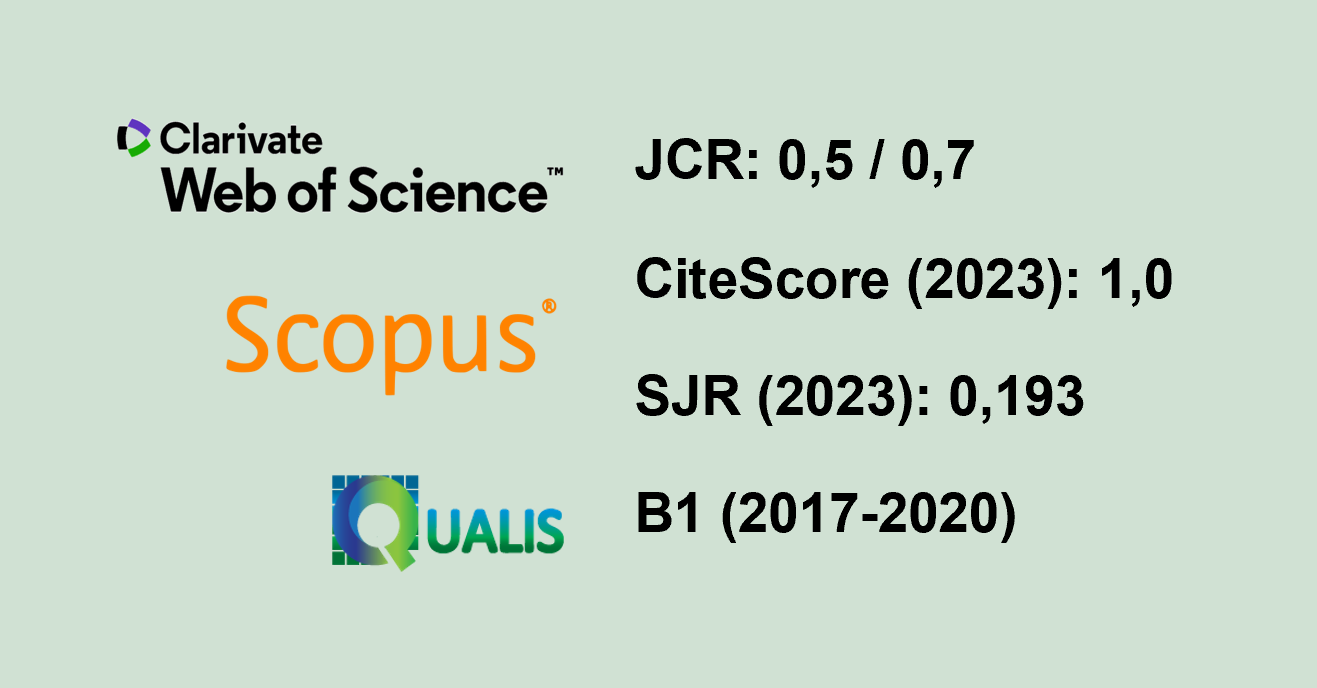Propagule age and adventitious rooting in cuttings of Cordia oncocalyx (Allemão), a tropical dry forest tree
DOI:
https://doi.org/10.53661/1806-9088202549263888Keywords:
Cutting, Collection time, AIBAbstract
The success of the cutting technique is primarily due to the rooting capacity linked to the ontogenetic aging of cell tissues, meaning that mature propagules generally root less effectively than younger ones. This raises a key question: for how long can a propagule maintain rooting potential in tree species from tropical dry forests such as Cordia oncocalyx? To address this, we examined how propagule maturation and indole-3-butyric acid (IBA) concentrations affect the rooting of Cordia oncocalyx cuttings. Cuttings were collected at three maturation stages (30, 90, and 150 days) and tested with IBA concentrations of 0, 2000, and 8000 mg·L⁻¹. For root evaluation through digital image analysis, the images were processed and analyzed using ImageJ software version 1.46. Thirty-day-old cuttings, collected at the beginning of the rainy season and treated with 2000 mg·L⁻¹ of IBA, showed the highest survival (100%) and rooting (100%) rates, producing seedlings of superior quality. Cuttings from 90- and 150-day-old propagules exhibited low rooting and survival rates, even at higher IBA levels. Cordia oncocalyx can rapidly lose its rooting potential; therefore, it is recommended to collect cuttings from younger propagules shortly after sprout emergence and treat them with 2000 mg·L⁻¹ of IBA. Digital image analysis effectively assessed root count and length, proving to be accurate. This study contributes to the vegetative propagation of Cordia oncocalyx, and successful propagation strongly depends on using young propagules combined with appropriate auxin treatment. Additionally, digital image analysis proved to be a reliable method.
Keywords: Cutting; Collection time; AIB
Downloads
Published
How to Cite
Issue
Section
License
Copyright (c) 2025 Revista Árvore

This work is licensed under a Creative Commons Attribution 4.0 International License.
All authors agreed to submit the work to Revista Árvore and granted the exclusive license to publish the article. The authors affirm that it is an original work and has not been previously published elsewhere. The scientific content and opinions expressed in the article are the sole responsibility of the authors and reflect their opinions, not necessarily representing the opinions of the editorial board of Revista Árvore or of the Society of Forest Investigations (SIF).








